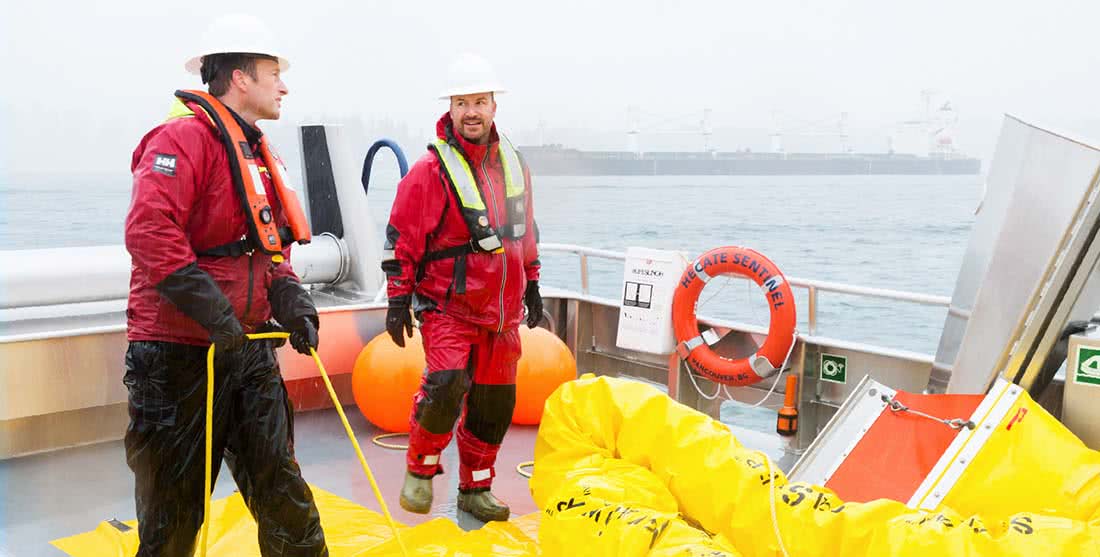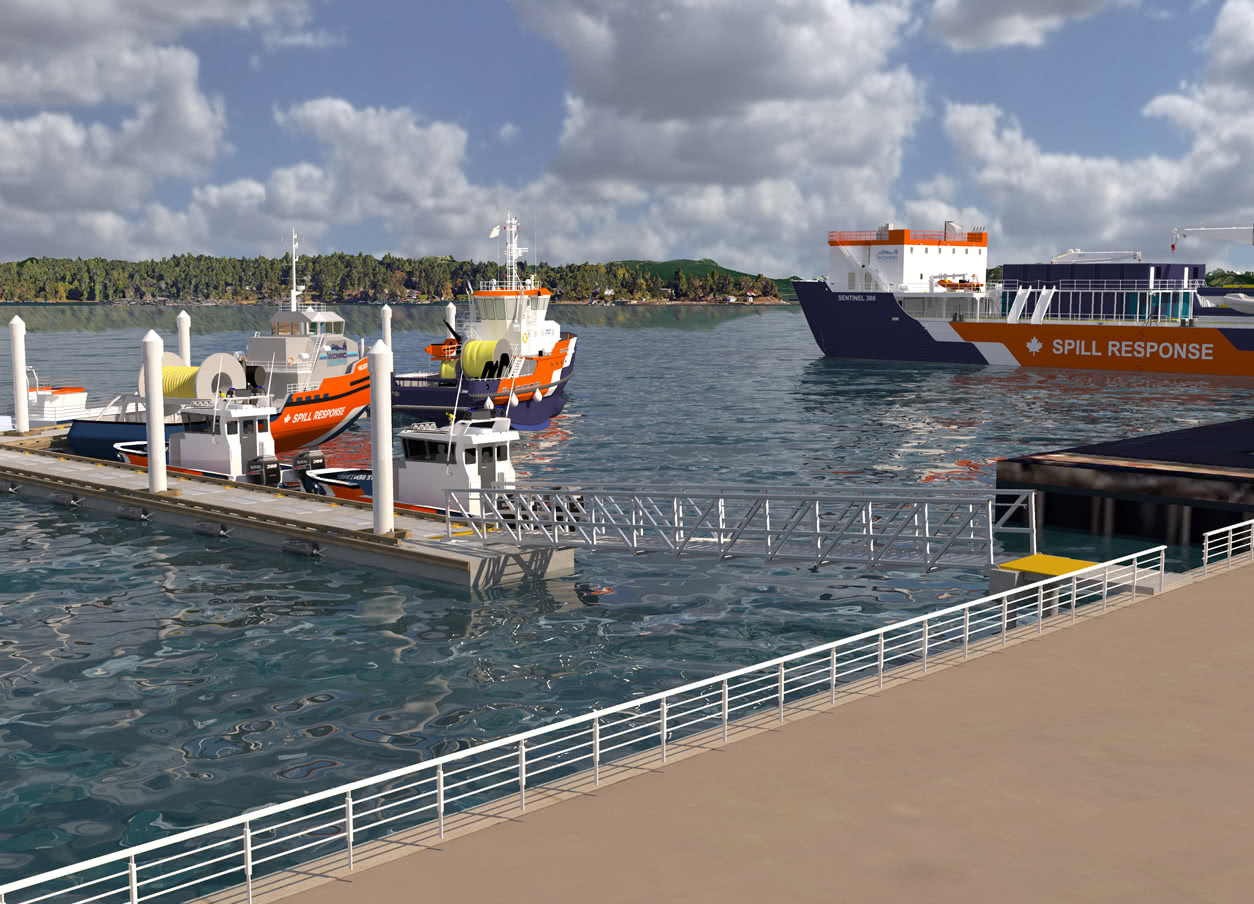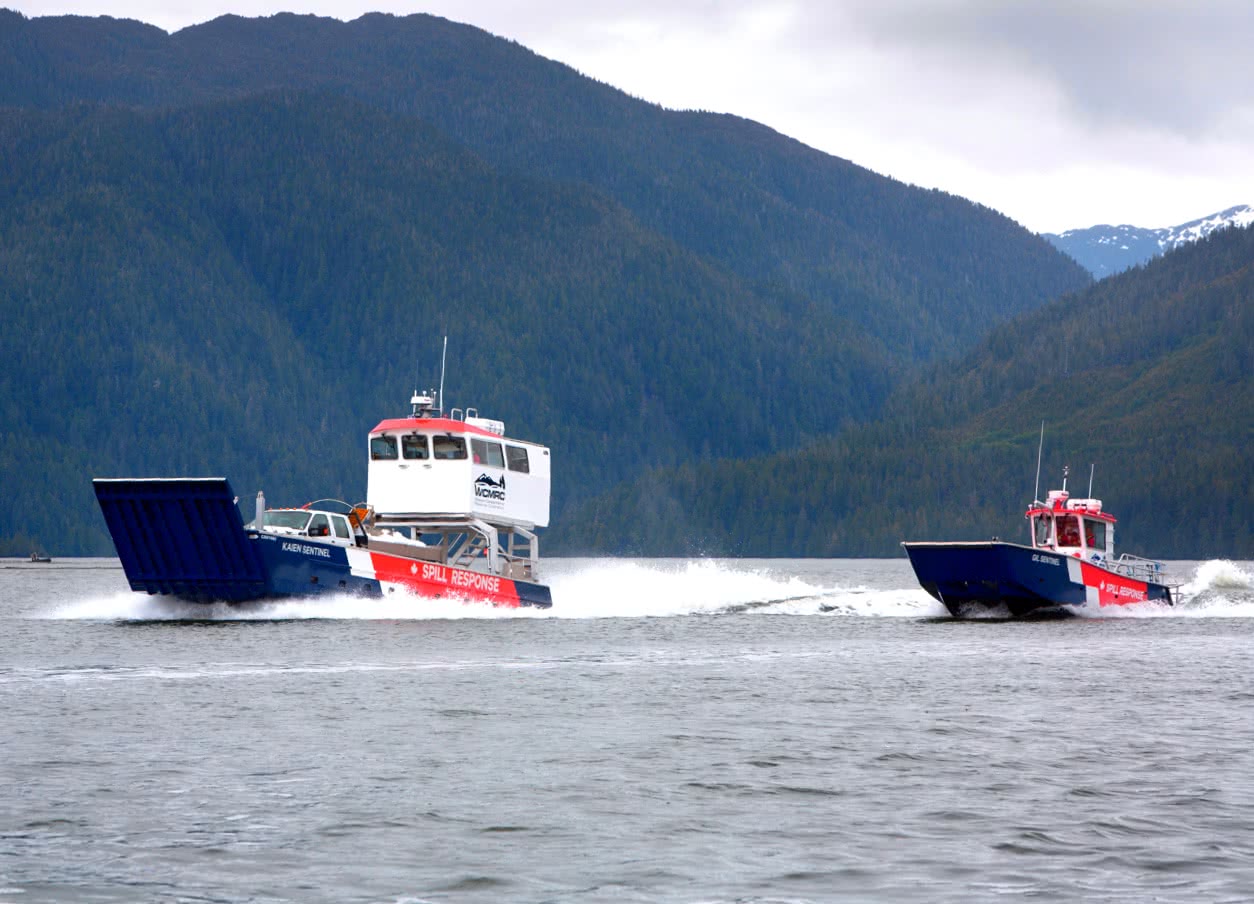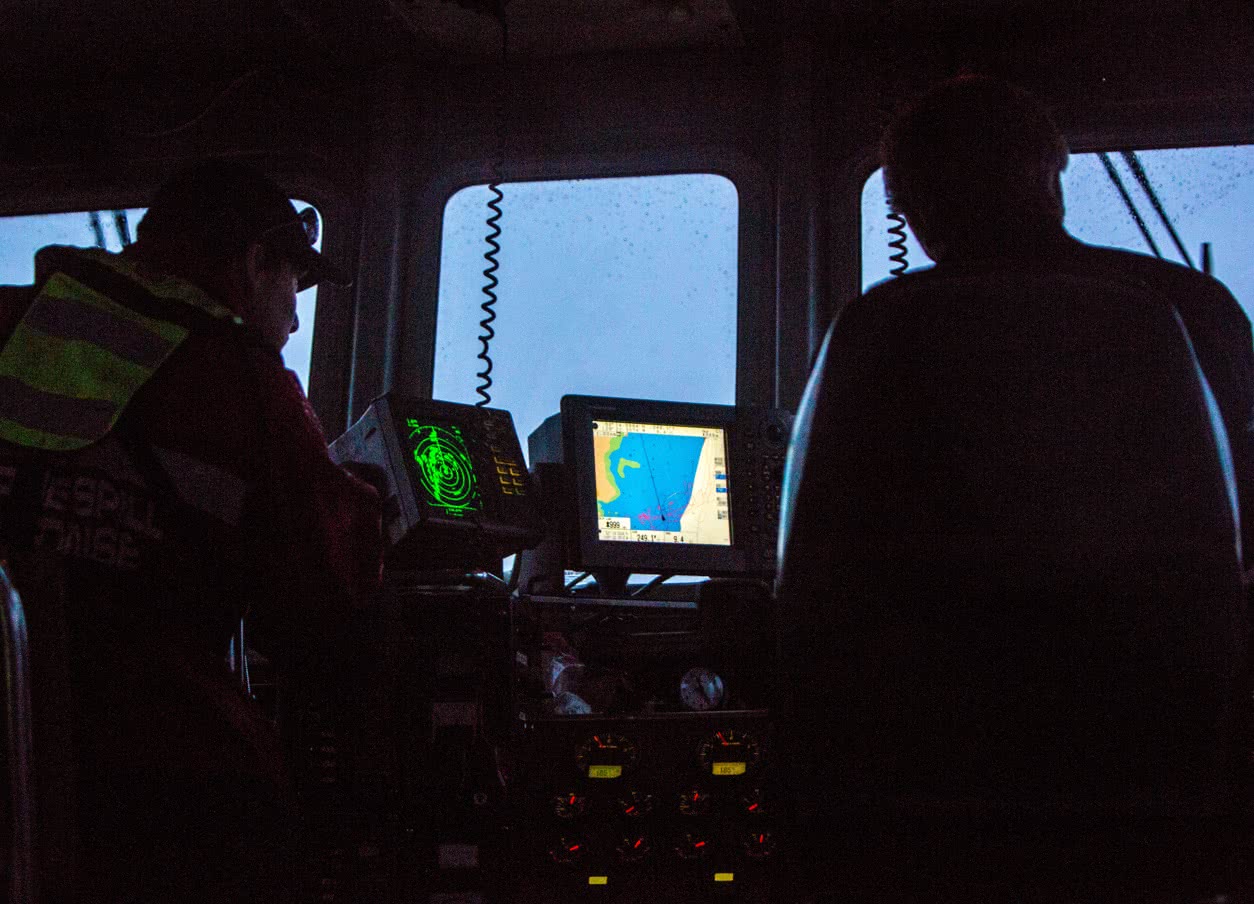
Capacity
Response capability for ship-source marine spills along Canada’s West Coast.
Overview
WCMRC maintains the infrastructure, equipment, bases, personnel and management resources to ensure a safe and effective response to a marine spill in our waters. Our team continuously researches, tests and implements new equipment and technologies. This includes training in advanced recovery techniques, commissioning purpose-built vessels, and field-testing new technologies.
In addition, through mutual aid agreements and arrangements with other response organizations and contractors, we have access to cascading resources that expand our capabilities beyond the Transport Canada-mandated spill threshold of 10,000 tonnes.
Bases & Vessels Map
WCMRC maintains a network of response bases, equipment and personnel across coastal B.C. Track our vessel positions in real-time and learn more about our fleet’s capacity in the map below.
Our Capacity
WCMRC’s capacity to respond to spills is supported by our ability to implement cutting-edge technologies and equipment in our training and operations. In addition to our growing fleet of more than 80 emergency response vessels, we employ the latest response equipment, such as fuzzy-disk skimmers and current busters, as well as new technologies like infrared cameras and aerostat surveillance balloons.
Bases
Our bases are strategically located along Canada’s West Coast to ensure efficient deployment during an incident.

Vessels
WCMRC’s fleet of emergency response vessels are an integral component of marine traffic on our coast.

Equipment
At WCMRC, we employ a range of equipment to help tackle the technical challenges of an incident.

Mutual Aid Partners
WCMRC has mutual aid agreements with emergency spill response organizations in Canada and the United States. These include ECRC-SIMEC in eastern Canada, SEAPRO in Alaska, and NRC, the world’s largest oil spill response organization, which has assets in Washington State.

